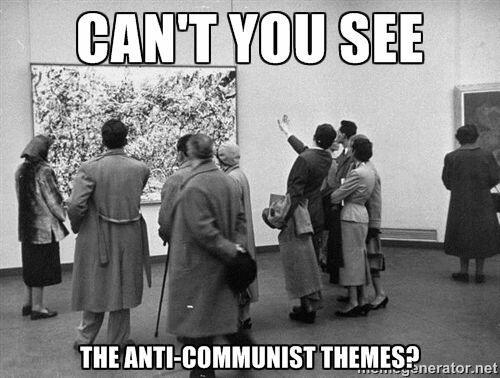
Do you really think artists like Jackson Pollock and Willem de Kooning rose to ultra-famous statuses because of their paintings? Have you ever even seen Woman, I?

I’m mostly joking, of course, but this was pretty much how the American people reacted to Abstract Expressionism in the 1950s. In fact, the general public thought that this new wave of art was complete and utter nonsense.
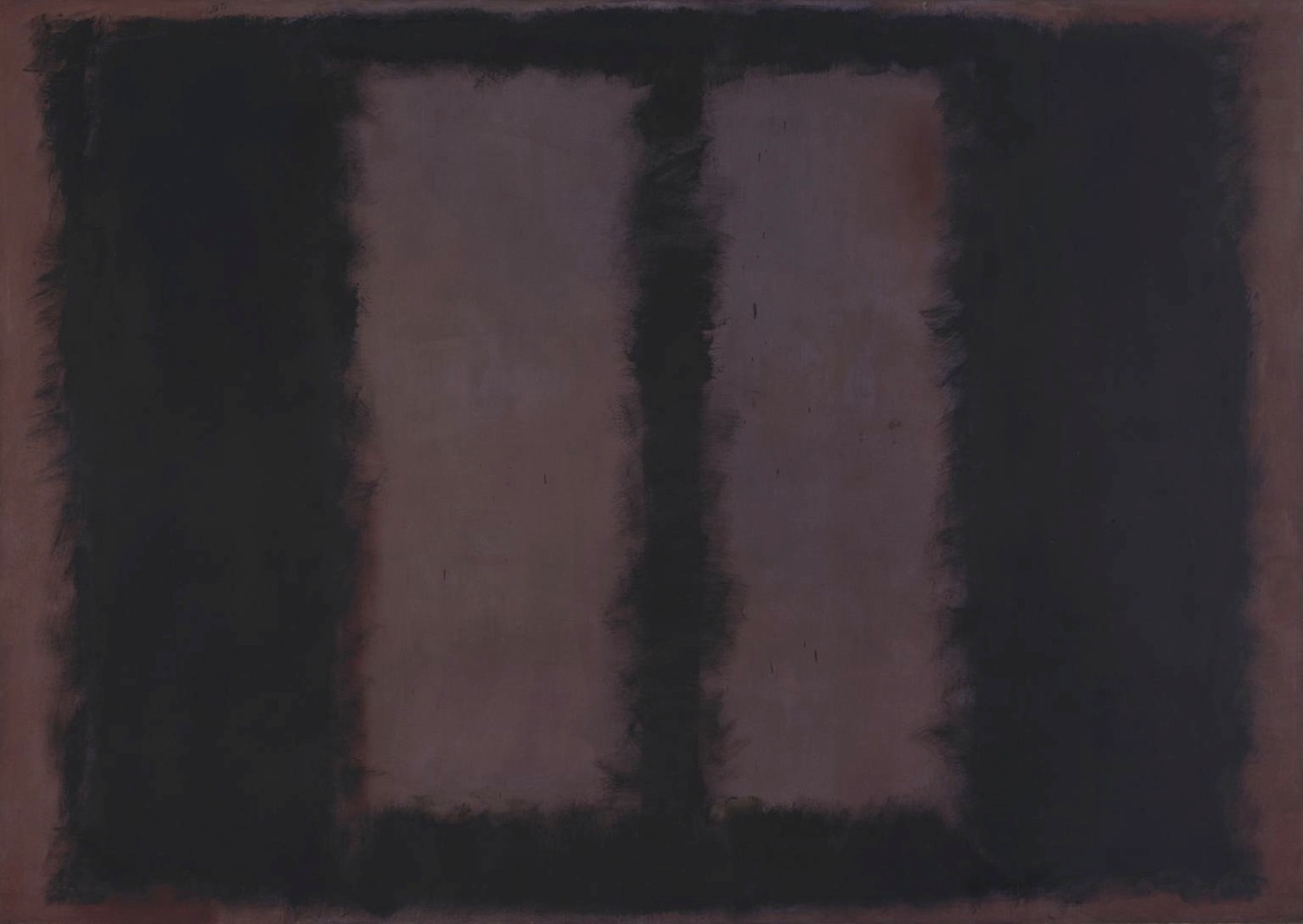
Black on Maroon by Mark Rothko at the Tate Modern
Oh, and did I mention that many of the artists, including Mark Rothko and Barnett Newman, were self-identified anarchists? Remember: this was during a time that anyone who didn’t seem like an all-American guy or gal was scrutinized as a would-be Communist. If both of these facts are true, then how did Abstract Expressionism become one of the most significant art movements of the twentieth century?

These artists can thank the United States Central Intelligence Agency for that. Yes, you read that correctly – the CIA was behind the meteoric rise of American abstraction. From the moment of the CIA’s inception in 1947, the organization included the art movement’s splashes, drips, and color fields in the fight against the Soviet Union during the Cold War.

But if you consider what Abstract Expressionist paintings represent, I guess it’s not really that surprising.
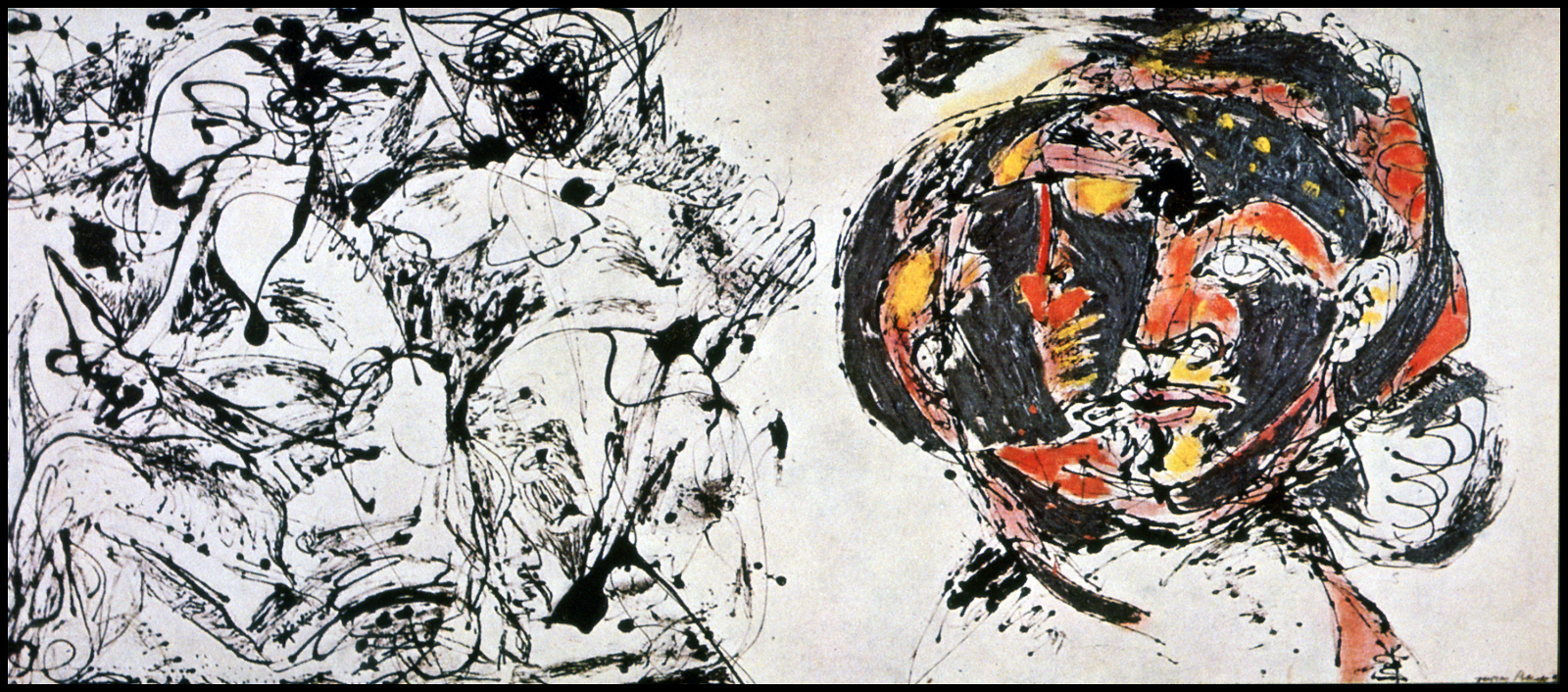
Portrait and a Dream by Jackson Pollock at the Dallas Museum of Art
As any good art collector knows, the art that you collect reflects your tastes and even implies your values. The CIA began to promote and later even developed its own collection of American abstract art for the sake of this potential message. Abstract Expressionism became synonymous with individual expression and the freedom of subjectivity. These also happened to be deeply-held American values that differentiated the United States from the Communist Soviet Union.
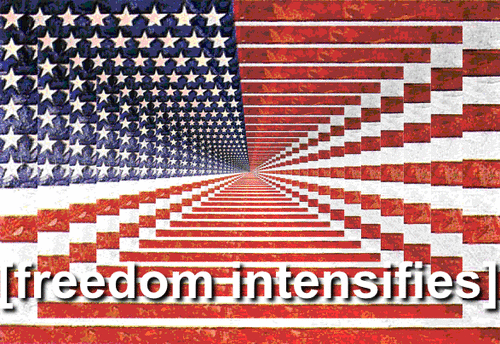
Suddenly, the artist’s own thoughts, feelings, and experiences were valid subjects for painting. This opened the doors for art to look like, well, nothing.
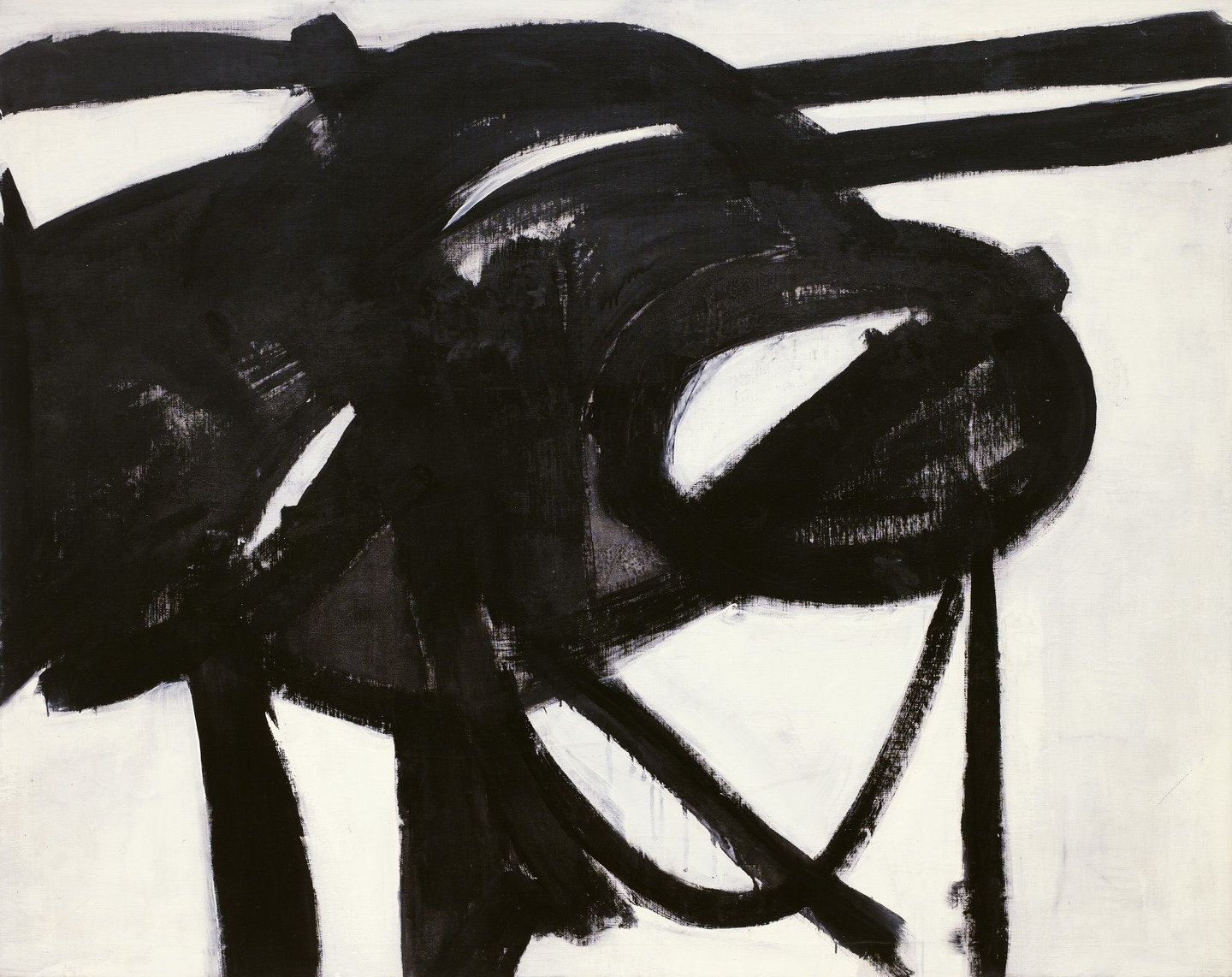
Chief by Franz Kline at the Museum of Modern Art
Art no longer had to be figurative to communicate a sense of meaning, and the American government was certainly down with the the ideals of Abstract Expressionism. At least when it came to fighting commies.

The U.S. government wanted American citizens to believe in their country’s strength and superiority over that dirty, Communist way of life. Even more, the U.S. government wanted foreign elites to support the nation’s quest to end Communism. Promoting Abstract Expressionism would help other cultural leaders of the world, like France, believe that it was possible to be both culturally significant and anti-Communist. Abstract Expressionism signified the individuality and free thought that came to characterize America during this period.

Getting museums on board with the mission to popularize Abstract Expressionism was easy. Nelson Rockefeller, president of the Museum of Modern Art, helped the institution acquire many abstract works. By acquiring high-profile paintings such as One: Number 31, 1950 and Vir Heroicus Sublimis, the institution helped communicate that these works were some of the most important of the time.
After the CIA successfully promoted Abstract Expressionism, the United States became the center of new art production and theoretical discourse, which is pretty impressive. I wonder what else they made happen….
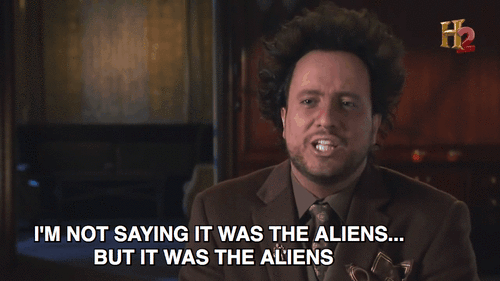
By: Amanda Lampel
Sources
- Sooke, Alastair. “Was modern art a weapon of the CIA?” BBC. October 4, 2016. http://www.bbc.com/culture/story/20161004-was-modern-art-a-weapon-of-th…. Accessed July 20, 2017.
- Saunders, Frances Stonor. “Modern art was a CIA ‘weapon,’” The Independent. October 21, 1995. http://www.independent.co.uk/news/world/modern-art-was-cia-weapon-15788…. Accessed July 20, 2017.
- Museum of Modern Art. “Abstract Expressionism.” MoMA Learning. https://www.moma.org/learn/moma_learning/themes/abstract-expressionism. Accessed July 20, 2017.
- Menand, Louis. “Unpopular Front: American art and the Cold War.” The New Yorker. October 17, 2005. http://www.newyorker.com/magazine/2005/10/17/unpopular-front. Accessed July 20, 2017.
- Fineberg, Jonathan. Art Since 1940: Strategies of being. 3rd edition. Upper Saddle River, NJ: Pearson Education, Inc., 2011.
- Dunne, Carey. “A Visit to the CIA’s ‘Secret’ Abstract Art Collection.” Hyperallergic. October 20, 2016. https://hyperallergic.com/294142/a-visit-to-the-the-cias-secret-abstrac…. Accessed July 20, 2017.
Comments (4)

I miss the cold war. The Russians were safely sitting behind their iron curtain without an internet...

I can never imagine this happening nowadays - the government used to really support the arts!

It still happens in Europe










I hope Biden creates a new WPA to bring art back to the forefront of American minds, we've languished for far too long under dummy Trump/GOP policies